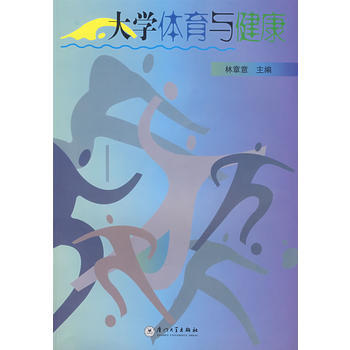具体描述
基本信息
书名:受欢迎的全民健身项目指导用书-自由泳
定价:29.8元
作者:潘惠玲
出版社:吉林文史出版社
出版日期:2015-08-01
ISBN:9787547219232
字数:
页码:
版次:1
装帧:平装
开本:16开
商品重量:0.4kg
编辑推荐
内容提要
本丛书以统一的体例、创新的形式,讲解各项目的起源与发展、运动保健、基本技术、运动技巧、比赛规则等,注重实用性、可操作性,使读者在学习过程中,不仅能够学会运动健身的方法,同时还能够学到保健方面的基本知识。
目录
作者介绍
潘惠玲,女,1989年出生于河南省荥阳市,现居怀化,毕业于怀化学院。行政管理专业,活泼易相处,擅长沟通。拥有较为全面的专业知识和的实践经验,具有较强的沟通和组织能力。
文摘
序言
《 Aquatic Excellence: Mastering the Front Crawl 》 This comprehensive guide delves deep into the art and science of the front crawl, offering a detailed, step-by-step approach to mastering this fundamental swimming stroke. Designed for individuals of all levels, from absolute beginners taking their first tentative strokes to experienced swimmers seeking to refine their technique, this book provides the knowledge and practical exercises necessary to achieve peak aquatic performance. The journey begins with an exploration of the very essence of the front crawl, breaking down its inherent beauty and efficiency. We will dissect the core principles that underpin a powerful and graceful front crawl, emphasizing the symbiotic relationship between body position, arm propulsion, leg kick, and breathing. Understanding these foundational elements is paramount, and this guide meticulously lays them out, ensuring a solid grasp of what makes this stroke so effective. Part 1: Building the Foundation – Essential Principles and Body Awareness Before diving into the intricate mechanics of the stroke, it's crucial to establish a strong foundation of body awareness and proper alignment in the water. This section focuses on developing a streamlined body position, often referred to as the "superman" or "arrow" position. We’ll explore how maintaining a horizontal and elongated posture reduces drag, allowing for faster and more efficient movement through the water. Exercises will guide you in feeling the water's resistance and understanding how your body interacts with it. Buoyancy and Balance: Understanding how to achieve neutral buoyancy is key. We'll discuss factors influencing buoyancy and provide techniques to achieve a balanced, floating position. This includes exercises focused on relaxing the body, controlling exhalation, and understanding the role of body composition. Core Engagement: A strong, engaged core acts as the engine of your front crawl. This part will detail how to activate your abdominal and back muscles to maintain a stable torso, preventing unnecessary rocking and energy waste. Drills will focus on feeling your core muscles working in conjunction with your swimming movements. Head Position and Neck Alignment: The head plays a surprisingly significant role in overall body alignment. We will explore the ideal head position for the front crawl, emphasizing a neutral neck posture that doesn't strain the cervical spine. Techniques for keeping the head low and inline with the spine will be thoroughly explained, along with common pitfalls to avoid. Part 2: The Powerhouse – Mastering Arm Propulsion The arms are the primary drivers of forward momentum in the front crawl. This section is dedicated to unlocking the full potential of your arm stroke, transforming it from a mere paddling motion into a powerful, efficient propulsive force. We will break down the stroke into its distinct phases: the catch, the pull, the push, and the recovery. The Catch: Grabbing the Water: This is arguably the most critical phase. We'll delve into the nuanced movements required to "catch" the water effectively, creating a high-pressure zone that allows for maximum force application. This involves understanding the importance of a high elbow, the role of the wrist and forearm, and how to feel the water against your palm and fingertips. Drills will focus on developing this "feel" for the water. The Pull: Generating Force: The pull phase is where the power is truly generated. We'll explore different pull techniques, focusing on maximizing the surface area of your hand and forearm to push against the water. This includes understanding the concept of a strong, continuous pull, avoiding the common mistake of a shallow or ineffective pull. Exercises will help you develop a powerful and consistent pull throughout the entire stroke cycle. The Push: Finishing the Stroke: The push phase is the final, often overlooked, element of arm propulsion. We'll explain how to extend your pull to the very end, maximizing the backward movement of your arm and propelling you further. This involves a strong, decisive finish that transfers energy efficiently. The Recovery: The Art of Reaching Forward: The recovery phase is not just about resting; it's an opportunity to prepare for the next stroke and maintain momentum. We will guide you through a relaxed yet efficient arm recovery, emphasizing a high elbow and a smooth transition back into the water. Techniques for minimizing drag during the recovery will be discussed, along with how to connect the recovery seamlessly with the next catch. Hand and Finger Technique: The subtle movements of your hands and fingers can significantly impact propulsion. We'll explore the optimal finger pitch, the role of a slightly cupped hand, and how to avoid the common error of splayed fingers, which can create drag. Part 3: The Engine and Stability – The Role of the Leg Kick While the arms provide the primary propulsion, a well-executed leg kick is crucial for maintaining balance, streamlining the body, and providing supplemental forward momentum. This section focuses on developing a strong, efficient, and rhythmic flutter kick. The Flutter Kick Explained: We will deconstruct the flutter kick, emphasizing its origin from the hips, not the knees. The importance of ankle flexibility and a relaxed ankle will be highlighted. Exercises will guide you in developing a kick that is powerful yet not overly strenuous, contributing to your overall speed and efficiency. Kick Depth and Width: Understanding the optimal depth and width of your kick is essential. We'll discuss how to avoid a wide, splashing kick that creates drag and instead focus on a narrow, powerful kick that generates forward thrust. Kick-Body Connection: The kick should work in harmony with your arm stroke. This part will explore how to synchronize your kick with your arm movements, creating a balanced and consistent rhythm that propels you forward efficiently. Kicking Drills and Progression: A series of progressive drills will be presented to help you develop a stronger, more consistent kick, starting with basic kicking on the wall and progressing to full-stroke kicking with and without aids. Part 4: The Breath of Life – Integrating Breathing into the Stroke Breathing is an often-challenging aspect of the front crawl, but with the right technique, it can become a seamless and integral part of your stroke. This section is dedicated to mastering efficient and timely breathing. Breathing Mechanics: We'll dissect the mechanics of side breathing, focusing on how to rotate the body to inhale quickly and efficiently without disrupting your streamline. The importance of exhaling fully underwater will be emphasized. Timing and Frequency: Understanding the optimal timing and frequency of your breaths is crucial. We'll explore different breathing patterns and help you find a rhythm that suits your stamina and stroke efficiency. Avoiding Common Breathing Errors: This part will address common mistakes such as lifting the head too high, twisting the body excessively, or holding your breath. Practical solutions and drills will be provided to overcome these challenges. Breathing Drills: A variety of drills will be introduced to build confidence and efficiency in your breathing, including bilateral breathing (breathing on both sides) and breathing with increased exertion. Part 5: Putting It All Together – Stroke Integration and Refinement With the individual components of the front crawl mastered, this section focuses on integrating them into a fluid, cohesive, and powerful swimming stroke. Rhythm and Timing: Achieving a natural and efficient rhythm is key to endurance and speed. We'll explore how to synchronize your arm pull, leg kick, and breathing into a seamless cycle. Streamlining and Drag Reduction: Throughout the entire stroke, maintaining a streamlined body position is paramount. We'll revisit techniques for minimizing drag during every phase of the crawl. Stroke Analysis and Correction: This part will provide you with the tools and understanding to analyze your own stroke, identifying areas for improvement. Common stroke faults will be detailed, along with targeted drills to correct them. Building Endurance and Speed: Once your technique is solid, we'll discuss strategies for building both cardiovascular endurance and swimming speed through structured training plans and progressively challenging drills. Part 6: Beyond the Basics – Advanced Techniques and Considerations For those looking to push their front crawl to the next level, this section introduces advanced concepts and practical considerations. Starts and Turns: Mastering efficient starts and turns can significantly impact your overall race time. We'll cover proper dive techniques, flip turns, and open turns, with drills to perfect these crucial skills. Sighting Techniques: For open water swimming, efficient sighting is essential. We'll discuss how to lift your head minimally to orient yourself without disrupting your stroke. Adapting to Different Conditions: Swimming in open water presents unique challenges. This section will offer advice on adapting your front crawl technique to waves, currents, and varying water temperatures. Injury Prevention and Recovery: Maintaining a healthy body is vital for consistent training. We'll discuss common swimming-related injuries and provide preventative measures and recovery strategies. This book is more than just a manual; it's a comprehensive journey to unlocking your full potential in the water. Through detailed explanations, clear illustrations, and practical exercises, you will gain the knowledge, confidence, and skill to swim the front crawl with grace, power, and unwavering efficiency. Prepare to transform your relationship with the water and experience the joy of effortless movement.
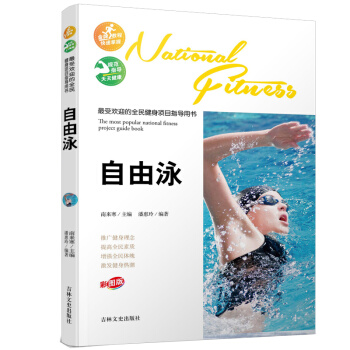


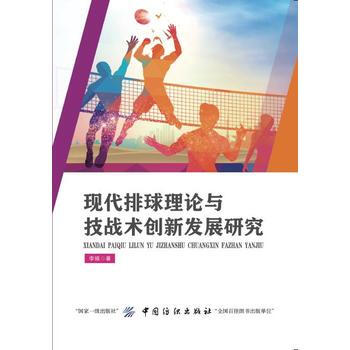




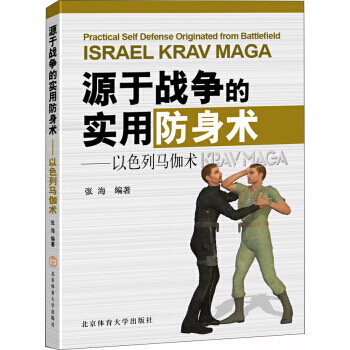

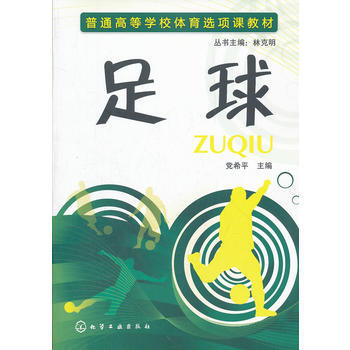


![正版 中村俊辅 任意球大师的“察知力” [日]中村俊辅 9787115429162 pdf epub mobi 电子书 下载](https://pic.tinynews.org/29681258857/5b322120Nb4017c08.jpg)



